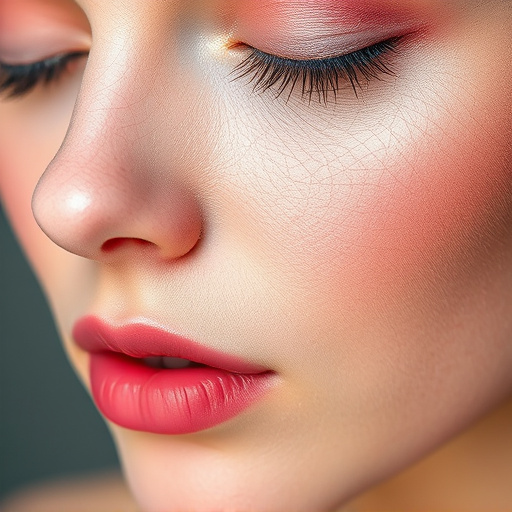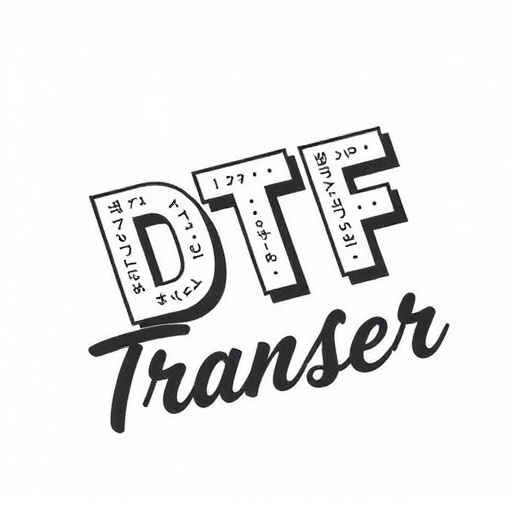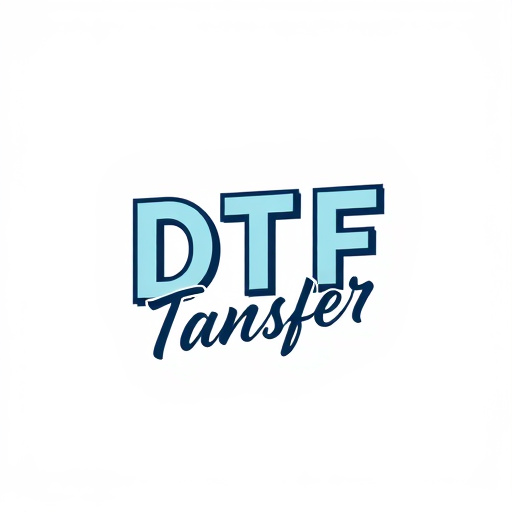Direct-to-Film (DTF) transfer is a cutting-edge printing method for high-quality imaging on various surfaces, including fabrics and plastics. It offers exceptional versatility by precisely applying ink using specialized equipment, bypassing traditional techniques. Key considerations include fabric compatibility, surface texture, and color. Smooth materials like polyester or vinyl are ideal. Surface preparation involves cleaning, drying, and priming to ensure optimal transfer results. Popular fabrics include polyester, vinyl, and canvas, each with unique properties suitable for different uses. Proper ink selection, application, and curing processes are crucial for achieving vibrant colors and strong adhesion on diverse surfaces. Regular equipment calibration ensures consistent high-quality DTF transfers.
Direct-to-film (DTF) transfer printing is a cutting-edge technique revolutionizing the way we apply graphics and designs. This article delves into the optimal fabrics and surfaces essential for achieving superior DTF results. From understanding the intricate DTF transfer process to choosing the right materials, preparing surfaces, and overcoming common challenges, you’ll discover best practices to master high-quality DTF transfers. Key factors, popular materials, and expert tips ensure your success in this dynamic field.
- Understanding Direct-to-Film (DTF) Transfer Process
- Key Factors in Choosing Optimal Fabrics for DTF
- Surfaces Preparation for Maximizing DTF Adhesion
- Popular Materials and Their Suitability for DTF Applications
- Overcoming Common Challenges in DTF Printing
- Best Practices for Achieving High-Quality DTF Transfers
Understanding Direct-to-Film (DTF) Transfer Process

Direct-to-Film (DTF) transfer is a cutting-edge printing technique that allows for high-quality imaging directly onto various surfaces, including fabrics and plastics. This process involves precisely applying ink or coating to a substrate using specialized equipment, bypassing traditional methods like screen printing or lithography. The DTF Transfer method offers exceptional versatility, enabling custom designs on an array of materials without the need for elaborate set-ups or expertise.
Understanding the DTF Transfer process is key to optimizing fabric and surface choices. This technology utilizes a fine ink jet or aerosol application, ensuring precise color reproduction and detailed patterns. The right fabrics and surfaces are crucial; they should offer smooth textures, suitable porosity, and adequate rigidity to support the printed design without smudging or curling. Optimal materials include certain types of polyester, nylon, and even some plastics, as their characteristics align perfectly with the DTF Transfer’s capabilities.
Key Factors in Choosing Optimal Fabrics for DTF
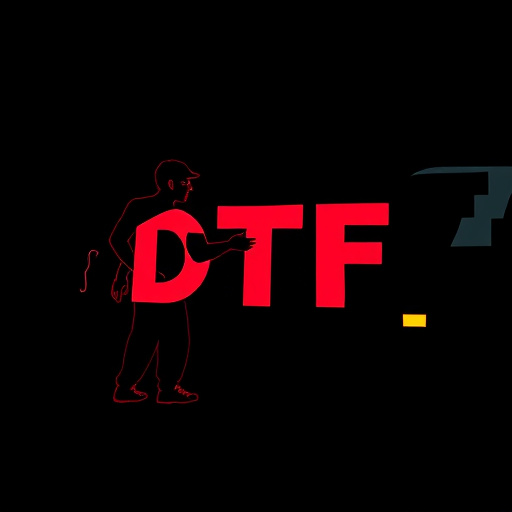
When selecting fabrics for direct-to-film (DTF) transfer, several key factors come into play. The primary consideration is the fabric’s compatibility with the printing process and the type of ink used. Different materials have unique properties that can affect the final print quality, durability, and longevity. For instance, smooth, non-porous surfaces like polyester or vinyl are ideal for DTF as they allow for precise ink adhesion and minimize bleed.
Texture and porosity play a significant role too. Fabrics with intricate patterns or raised surfaces might challenge the even distribution of ink, leading to potential imperfections in the final design. Additionally, the fabric’s color can impact the vibrancy of the print. Lighter fabrics may require specific inks designed for transparency to achieve crisp, colorful outcomes. Considering these factors ensures optimal DTF transfer results, enhancing the overall aesthetic and durability of the applied designs.
Surfaces Preparation for Maximizing DTF Adhesion

For optimal Direct-to-Film (DTF) application, preparing the surface is a critical step that cannot be overlooked. Before applying any DTF transfer, it’s essential to ensure the substrate is clean, dry, and free from contaminants such as dust, grease, or existing coatings. This involves thoroughly wiping down the surface with a suitable cleaning solution and then allowing it to dry completely. Roughening the surface slightly can also enhance adhesion by increasing the microscopic texture, which provides better grip for the adhesive.
Additionally, priming the surface can further improve DTF adhesion. A primer acts as a bridge between the fabric and the substrate, creating a more even and strong bond. Using a high-quality primer specifically designed for DTF applications ensures that the transferred image is vibrant and long-lasting. It also helps to seal any porosities or rough spots on the surface, providing a smooth canvas for your design.
Popular Materials and Their Suitability for DTF Applications
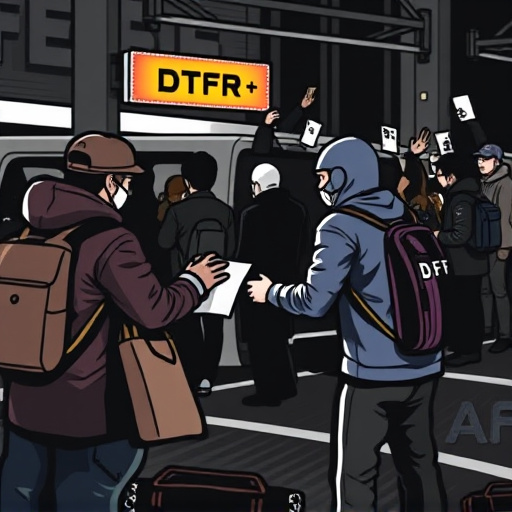
Direct-to-film (DTF) applications require fabrics and surfaces that offer both durability and a smooth printing surface. Popular materials for DTF transfers include polyester, vinyl, and canvas. Polyester fabrics are highly versatile and suitable for a wide range of DTF printing needs due to their even texture and excellent ink adhesion properties. Vinyl is another favored choice, known for its durability and ability to withstand outdoor conditions, making it ideal for signage and decorative applications. Canvas provides a natural fabric look, enhancing the visual appeal of printed designs while maintaining good ink reception.
When selecting materials for DTF transfers, consider factors such as material composition, porosity, and intended use. For instance, smooth surfaces like vinyl and polyester films are best for high-quality graphic prints, whereas slightly textured fabrics like canvas can create unique effects, blending traditional appeal with modern printing technologies.
Overcoming Common Challenges in DTF Printing

Direct-to-film (DTF) printing, while offering unparalleled design flexibility, comes with its share of challenges. One of the primary obstacles is ensuring optimal adhesion between the fabric or surface and the printed film. This can be particularly tricky on textured or irregular surfaces, where air bubbles and print shifting may occur. Proper preparation of the substrate, including cleaning and priming, is crucial to achieving a secure DTF transfer.
Another challenge lies in maintaining color vibrancy and accuracy across various materials. Different fabrics have varying levels of absorbency, which can affect ink adhesion and diffusion. Surfaces like metal or glass necessitate careful consideration of ink types and curing processes to prevent smudging or fading. By selecting the right fabrics and surfaces and employing suitable printing techniques, these challenges can be successfully navigated, enabling the production of high-quality, long-lasting DTF transfers.
Best Practices for Achieving High-Quality DTF Transfers

To achieve high-quality Direct-to-Film (DTF) transfers, it’s essential to start with the right fabrics and surfaces. Opt for smooth, clean, and non-porous materials like polyester or vinyl, which offer excellent ink adhesion and color accuracy. Prepare the surface meticulously by ensuring it’s free from dust, dirt, or any contaminants that could hinder the printing process. A simple cleaning with a suitable solvent and careful degreasing can go a long way in achieving optimal results.
During the application, maintain consistent pressure and a steady pace to avoid bubbles or misalignments. Use high-quality inks designed for DTF transfers, as they provide vibrant colors and precise details. Allow adequate drying time between layers to prevent smudging and ensure the final image is long-lasting. Regularly calibrate your printing equipment and maintain it to guarantee consistent performance, resulting in consistently high-quality DTF transfers.


